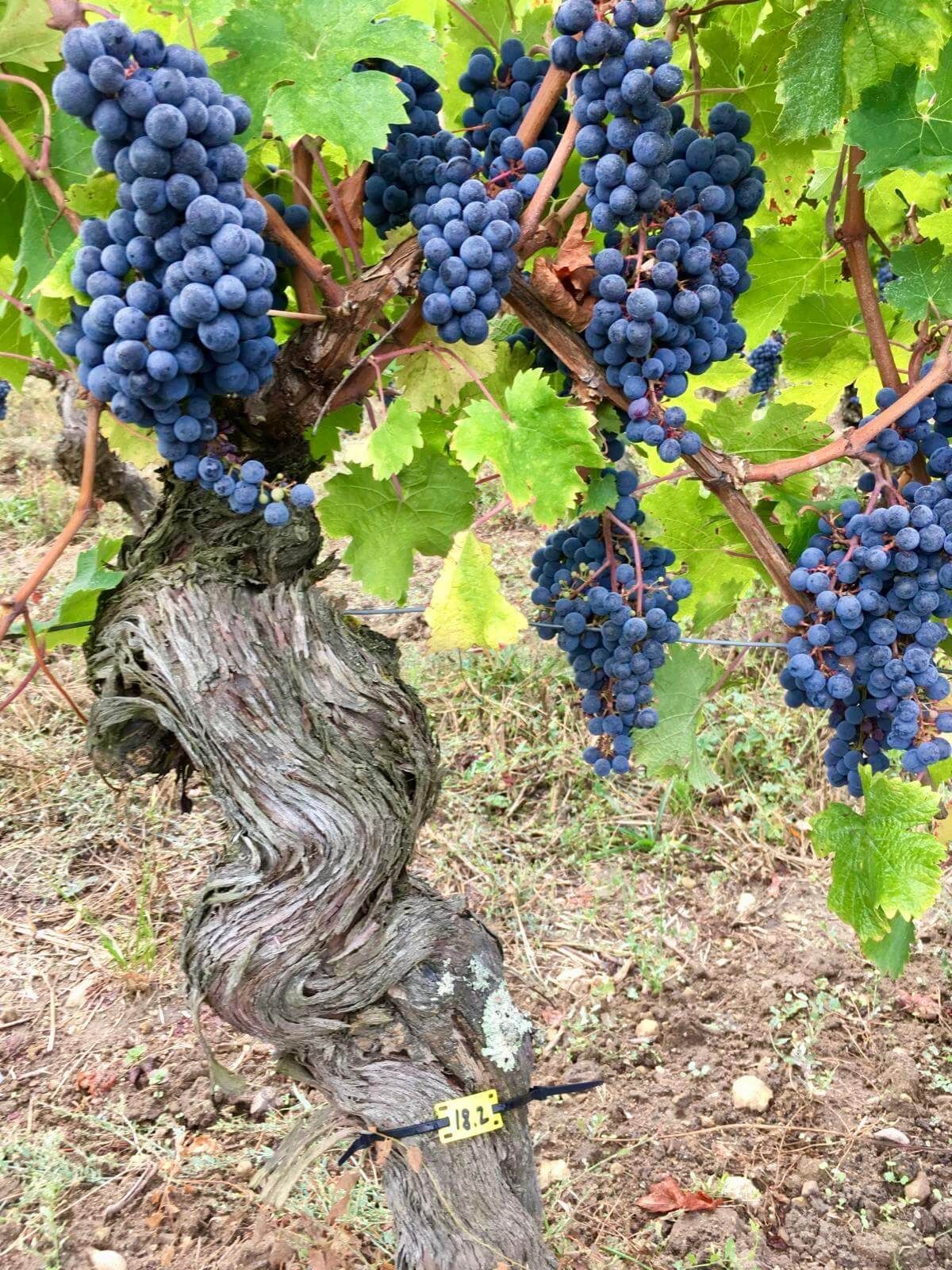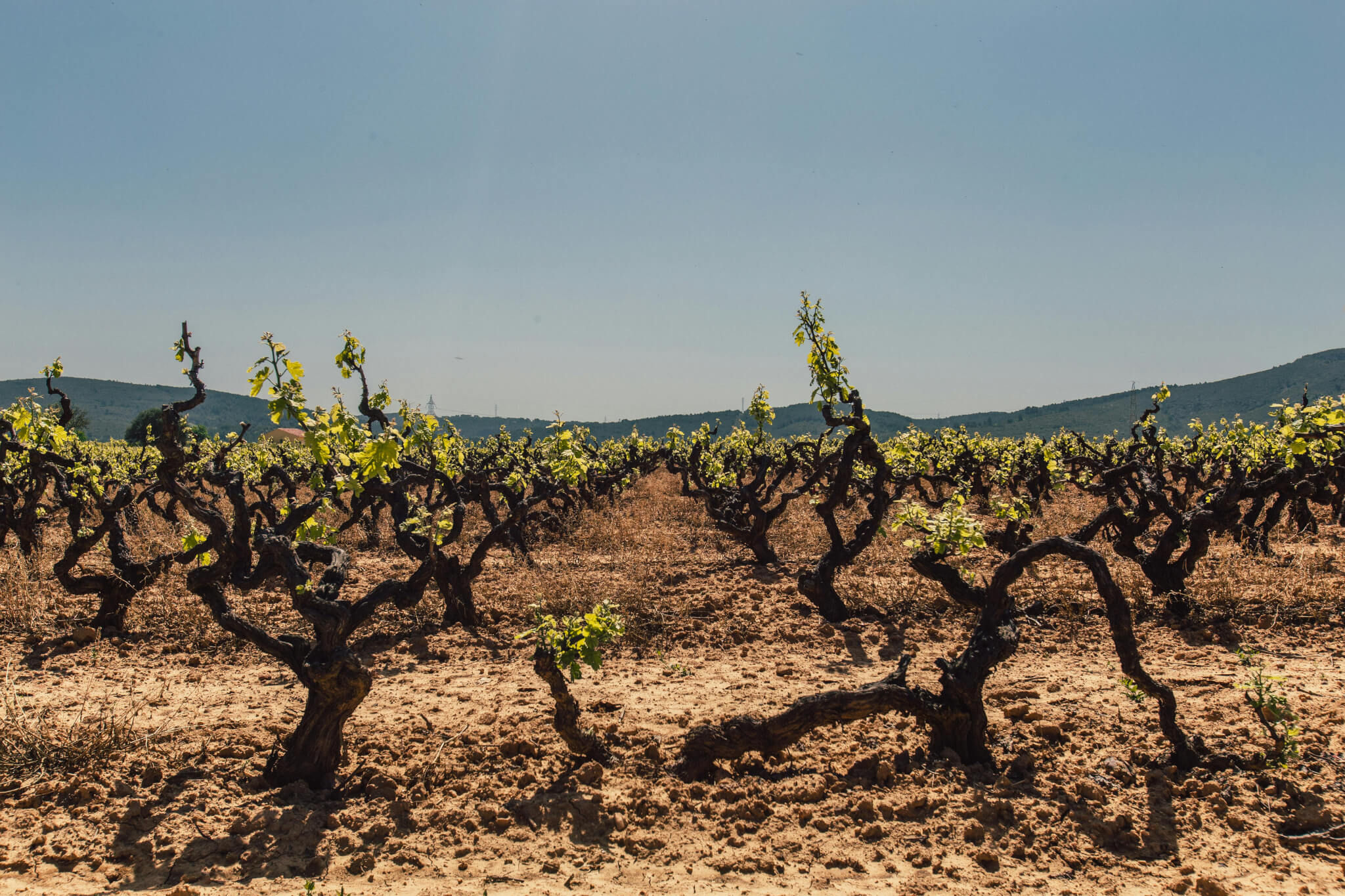In the context of vineyard restructuring and clonal standardization, massal selection is once again at the heart of viticultural concerns. It helps preserve the genetic diversity of grape varieties while ensuring the sustainability of a unique plant heritage specific to each estate.
More than just a propagation technique, it is an agronomic, heritage-driven, and sustainable approach that addresses the current challenges of viticulture.
What is massal selection?
Massal selection involves identifying vines in an old plot that display desirable traits (vigor, health status, consistent production, grape quality, etc.) for propagation. Unlike clonal selection, which relies on a single individual, massal selection aims to maintain intra-varietal diversity, a valuable asset in the face of disease, climate change, and evolving taste preferences.
Why work with old vines?
To ensure genuine genetic diversity and avoid reproducing already standardized clones, massal selection must be carried out on plots planted before the 1960s, i.e., before clonal selection became widespread. These old vines are true witnesses of the past, and their gradual disappearance makes their preservation urgent.

Massal selection on a century-old vine at Château de Minière
The Different Methods of Massal Selection
Depending on the winemaker’s objectives, several types of massal selection can be implemented. Each differs in terms of requirements, cost, and duration.
Rapid Massal Selection
The most accessible and widespread method, based on empirical observation of vines in old plots:
-
Between 300 and 600 vines are observed.
-
Vines with the desired characteristics are selected, without any health testing.
-
Cuttings are taken during pruning, moistened, and stored at controlled temperatures (+8°C to -3°C).
-
A nursery declaration is submitted to FranceAgriMer, which then authorizes multiplication at an approved nursery.
This method is simple but carries risks, as no virological, agronomic, or oenological analyses are performed.
Sanitary Massal Selection
This method follows the same basic approach as rapid selection but includes a health filter:
-
ELISA tests are conducted on candidate vines to detect and eliminate those affected by viral diseases such as fanleaf virus or leafroll.
-
No agronomic or oenological evaluation is carried out.
-
The resulting plants are virologically healthy, ensuring a safer plantation.
Ideal for combining quick implementation with minimal health security.
Precision Massal Selection
This is the most comprehensive and demanding method, reserved for long-term and rigorous programs:
-
After sanitary tests (as in sanitary selection), selected vines are propagated and planted in a trial plot.
-
For 7 to 8 years, agronomic tests (vigor, yield, health status, etc.) are conducted.
-
Oenological analyses are then performed on micro-vinifications from these vines.
-
After approximately 15 years, only a maximum of nine vines per variety are retained.
This method allows identification of exceptional vines with high qualitative potential, providing a long-term perspective.
Advantages and disadvantages of massal selection
| Advantages | Disadvantages |
|---|---|
| Preservation of genetic diversity | Methods vary depending on the level of rigor |
| Adaptation to terroir and sustainable viticulture | Can be long and costly |
| Enhancement of plant heritage | Massal selections are not eligible for EU subsidies |
| Solution against clonal standardization | Old vines are increasingly rare |
